‘I love the darkness of her reality’
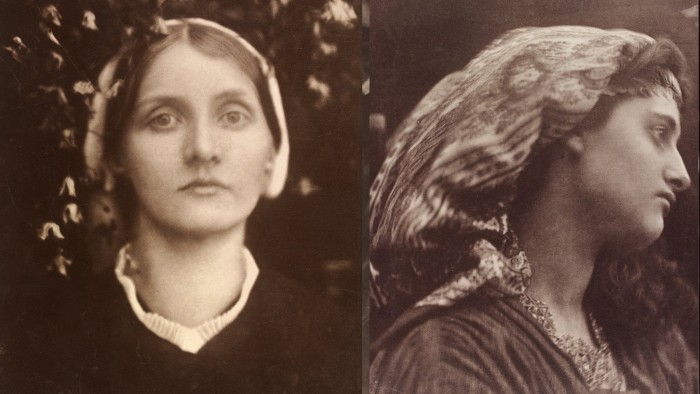
Simply sign up to the Life & Arts myFT Digest -- delivered directly to your inbox.
In most Victorian photography, there’s a sense of rigidity and perfection in the frame. Julia Margaret Cameron saw things from a woman’s point of view; and so you feel that you are looking at a real woman rather than a creature of somebody else’s imagination. There’s a vulnerability, a femininity and a fragility — all things that you recognise as a woman — and no artifice. And, although they are quite dreamlike and overly romanticised, there’s always a sense of the physical being — her women are touchable and believable.
It’s the portraits that really speak to me. I love their imperfection — there’s a real beauty in these women, who are the opposite of the trussed-up portraits of the era. And while they are still very much of that era, with their echoes of the Pre-Raphaelites and that deep melancholic Victorian romanticism, the pictures have a rare authenticity. Looking at her women, you can imagine what their lives were like. I love the darkness of their reality.
Julia Margaret Cameron has always been around in the McQueen studio. I’ve always looked at her pictures. Even when Lee [McQueen] was here we had her pictures on the wall and researched her. She’s always been an inspiration.
The photographs of Julia Margaret Cameron
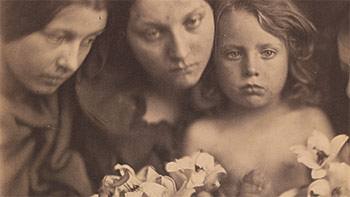
These vulnerable and intimate images have both inspired and haunted
Curiously, I rarely look at the clothes, I don’t think I even notice them. The power of Cameron’s images is in the intensity of the personality and characters within them. Whether they are of the maid she photographed endlessly in the guise of the Madonna, or portraits of important society figures, there’s a reality in them. She elevated the everyday. And she was a storyteller.
Each portrait, even while it might have been staged as a religious allegory or myth, tells the story of that person at that moment. I think that’s why the imperfections in her work are so compelling — they tell the story of an artistic process, which is especially captivating today when everything is touched by machine and so perfect.
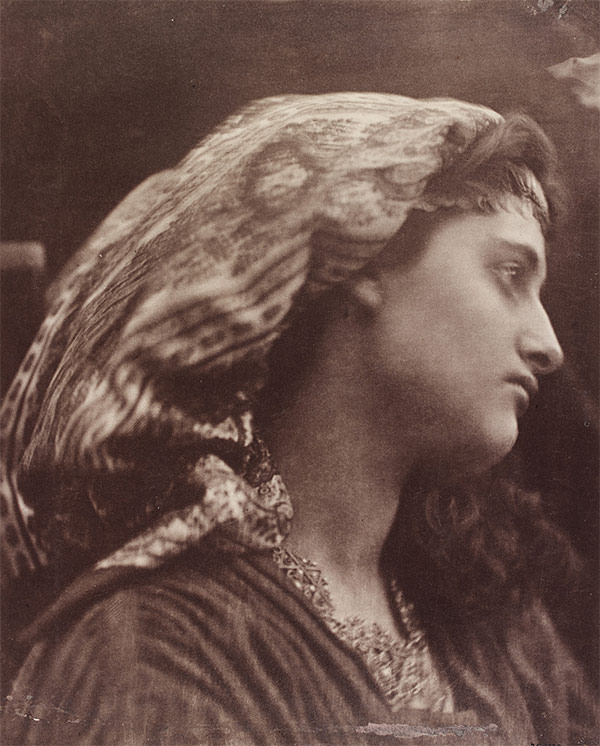
It’s moving to see something that has been touched by a human hand, and that resonates now more than ever. It’s something I have always drawn from in my own work at Alexander McQueen, where the handworked aesthetic adds meaning to the clothes. Cameron worked in an age of innovation, where photography was in its infancy, and yet she approached her work with an artisan’s eye. It’s interesting to see that now, where our technologies and facility for manufacture are amazing and everything is man versus machine. What does a human touch bring to something?
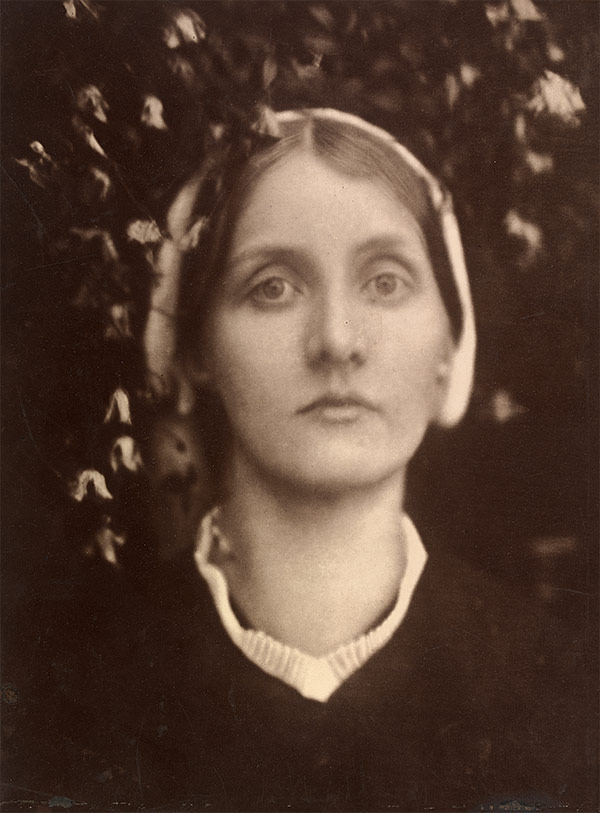
When we make clothes here, the clothes become like babies for the people who are making them. The clothes are loved, someone has touched the fabric, human hands have draped the cloth on a stand and someone else has drawn the pattern. The hand is so important. In London, we’re so lucky to have the sort of atelier that we have. It’s a dying thing. There aren’t many women or men who can make patterns in this country in the way that they used to, or do that sort of handcrafting. It is something, I think, to be treasured because it won’t be around forever. In Cameron’s work, the hands are often as expressive as the eyes. It’s a Renaissance thing as well — to use the hands as a spiritual gesture, as she does. It’s very beautiful.

I admire also, that she didn’t try and change her style, and her way of doing things, to please the market. She kept producing her images in the imperfect way she wanted despite criticism from her contemporaries, and she found considerable commercial success. It’s very difficult to remain true to yourself like that. It’s a similar story at McQueen: it’s about the hand, and the way the pattern is cut, and the fit, and the fact there is creativity in our process. Success is built on the basis that you must be completely true to yourself. And then the things that you love the most are usually the things that people want to buy. It’s about desirability and selling your story and selling your dream. It’s that authenticity that people respond to, and it’s certainly what people responded to with Cameron.
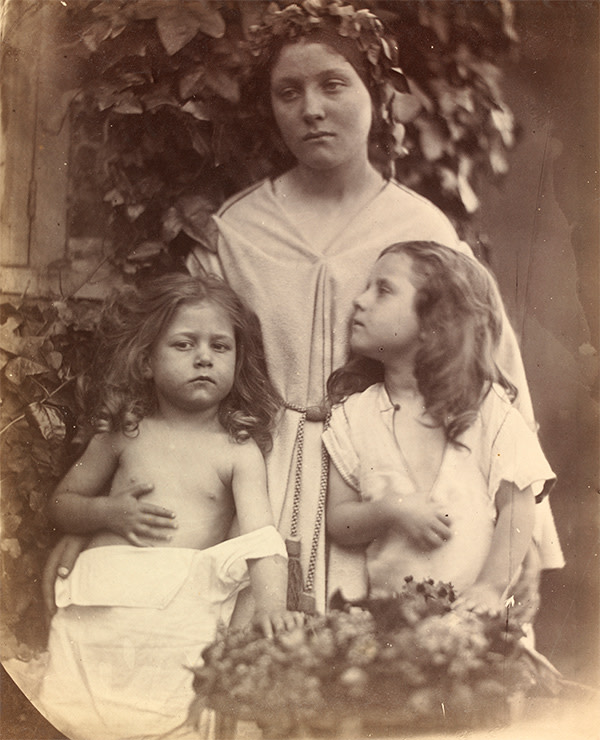
Many of her images seem haunted; they’re quite dark and melancholic. The women seem unravelled. Cameron was from a large family, had six children herself, and lived in India for much of her life. She only took up photography in her late forties — she was 48 when her children gave her a gift of a camera, her first, according to her letters — and I think you sense her feelings of loss as a mother in her work. She took pictures that were born of experience and showed a deeper understanding of human relationships. Her images can disturb. Often the women appear to be in mourning. There’s no stiff upper lip about it at all — a mother and child are seen with their cheeks together and kissing; there is an intimacy in the images that conveys a real tenderness — and a deep sadness.
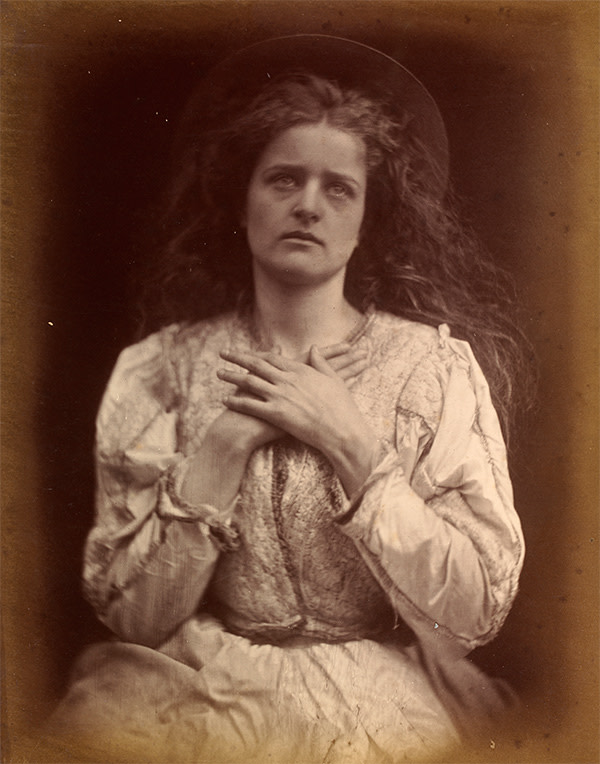
I think Cameron resonates at McQueen because she demonstrated how casually beauty and tragedy coexist. She lived in a time when people were obsessed with life and death, and death wasn’t so much a taboo. People lived with it, all around them, and this is something that has also been very instructive in the mood of McQueen. That same Victorian melancholy has always spoken to us and so she is always there. We look at her pictures a lot. I look at her pictures a lot. I want the same authenticity in my woman, and the same softness of spirit.
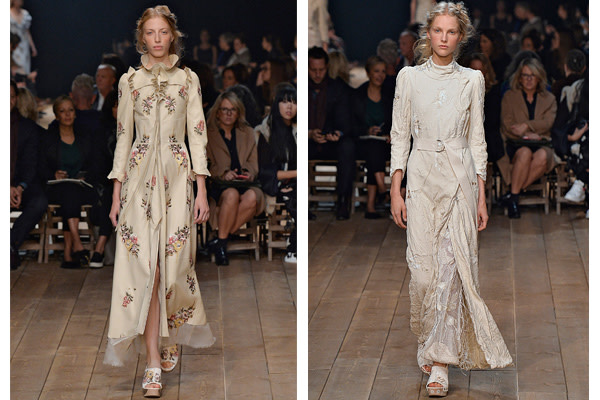
‘Julia Margaret Cameron’ is at the Victoria and Albert Museum in London from 28 November until 21 February, vam.ac.uk. For a slideshow, visit ft.com/jmcameron
Comments